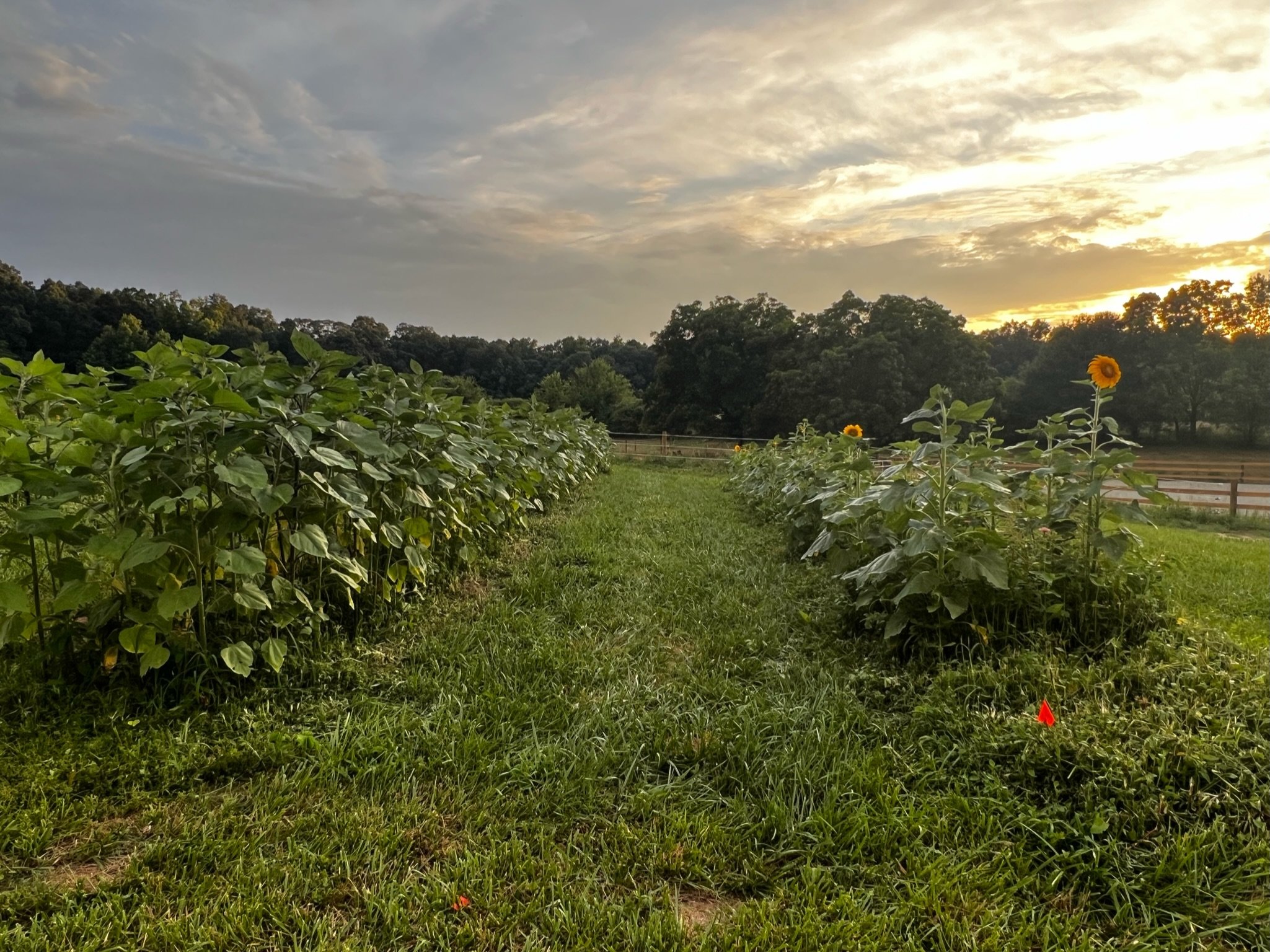Soil Preparation: How to Amend and Test Soil After Winter for a Strong Growing Season
As the days grow longer and the temperatures begin to warm, we at Big Hart Farm are busy preparing our soil for the upcoming growing season. Healthy soil is the foundation of a thriving garden, and after a long winter, it’s important to give your soil the attention it needs. Whether you’re growing flowers, vegetables, or fruits, proper soil preparation ensures strong root development, nutrient availability, and overall plant health. Here are our top tips for testing and amending your soil this spring.
Step 1: Test Your Soil
Before adding any amendments, it’s essential to understand what your soil needs. A simple soil test can provide valuable insight into your soil’s pH, nutrient levels, and organic matter content. Here’s how to get started:
Home Testing Kits: Available at most garden centers, these kits allow you to check soil pH and basic nutrient levels.
Send It to a Lab: For a more detailed analysis, consider sending a sample to your local county extension office or an agricultural lab. They’ll provide comprehensive results and recommendations.
Check Soil Texture: Grab a handful of soil and squeeze it. If it crumbles easily, you have loamy soil—ideal for gardening. If it stays in a clump, you might have clay-heavy soil, which requires more organic amendments.
Step 2: Amend Your Soil for Optimal Growth
Once you know your soil’s composition, you can make targeted amendments to improve fertility and structure.
1. Add Organic Matter
Winter can deplete soil nutrients, making organic matter a must for replenishment.
Compost: Rich in nutrients, compost enhances soil structure and helps retain moisture.
Aged Manure: Well-composted manure provides nitrogen, but make sure it’s aged to prevent burning plants.
Leaf Mold or Mulch: Helps improve soil aeration and water retention.
2. Balance Soil pH
Soil pH affects how plants absorb nutrients, so adjusting it accordingly is crucial.
If your soil is too acidic (low pH): Add lime to raise the pH.
If your soil is too alkaline (high pH): Incorporate sulfur or peat moss to lower the pH.
3. Improve Drainage and Aeration
Winter compaction can make soil dense, reducing oxygen flow to roots.
Aerate Your Soil: Use a garden fork or broadfork to loosen compacted soil.
Add Sand or Perlite: For heavy clay soils, these amendments improve drainage.
Step 3: Feed the Soil, Not Just the Plants
Instead of focusing only on fertilizers, think of feeding the soil itself.
Cover Crops: If you planted a winter cover crop, now is the time to turn it into the soil to add organic matter.
Worm Castings: These natural fertilizers enhance microbial life and nutrient availability.
Slow-Release Fertilizers: Organic fertilizers like bone meal, blood meal, or fish emulsion provide long-term nourishment.
Step 4: Prepare for Planting
With your soil tested and amended, it’s time to prepare for planting.
Rake and Level: Smooth out garden beds to create a balanced planting surface.
Mulch for Moisture: Add a light layer of mulch to retain moisture and suppress weeds.
Plan Crop Rotation: Avoid planting the same crops in the same place year after year to prevent nutrient depletion and disease build-up.
Big Hart Farm’s Final Tip
While we prepare our fields for a productive season, we encourage you to take the time to nurture your soil as well. Healthy soil leads to healthier plants, which means a more abundant harvest for you and your family. Whether you're growing flowers, vegetables, or a little of everything, investing in your soil now will pay off throughout the growing season.
Happy gardening from all of us at Big Hart Farm!
